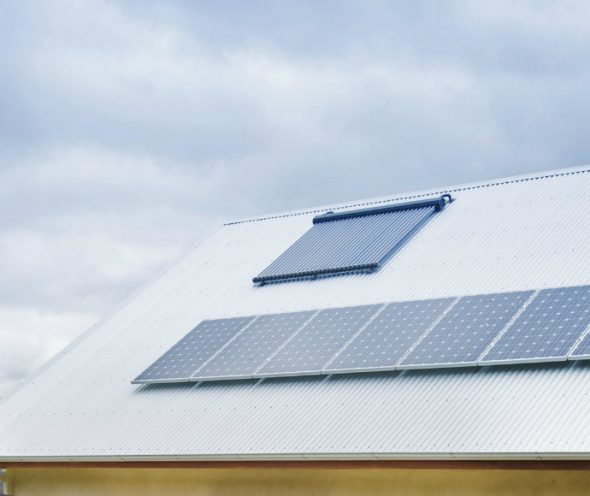Days after the Australian Competition and Consumer Commission called for federal incentives for rooftop solar to be abolished, a new report has identified why more rooftop solar should be encouraged – to reduce peak demand on hot days and boost system security.
The analysis from The Australia Institute looks at the three critical days over the past summer, when demand soared in the worst of the heat-waves, and major coal generators tripped – helping push prices towards the market cap.
The TAI looks at how rooftop solar delayed and reduced peak demand across the National Electricity Market, in some cases by up to eight hours and by up to 2000MW.
“This improved the reliability of the grid, covering for coal-fired power plants during breakdowns,” it says.
ACCC chairman Rod Sims, a long time critic of rooftop solar incentives, called for the small-scale renewable scheme (SRES), which offers upfront rebates on solar system purchases, to be abolished by 2021.
He based his case on the fact that the rebates were costing all households up to 40c a week, but his analysis included no assessment of the benefits of rooftop solar, which the likes of network owners, the CSIRO, and the Australian Energy Market Operator say will account for nearly half of all supply by 2050.
The TAI study makes clear what those benefits are. “When demand was highest this summer rooftop solar reduced peak demand by over 2000MW, the equivalent of a large coal power plant,” the TAI’s Ben Oquist says.
“Household solar also stepped into the breach, more than compensating for the large breakdown at Loy Yang B power Station, which occurred during another period of high demand.”
AEMO has identified that hot days present the greatest challenge for the country’s electricity system, because demand soars and gas and coal generators often fail in the heat.
“Our system now struggles to meet peak demand without rooftop solar and other renewables,” Oquist says. “The great thing about solar is that it reliably produces power on hot, sunny days, just when we need it.”
Indeed, NSW energy minister Don Harwin – in the state with the most dependence on coal power, and home to some of the most unreliable fossil fuel generators – has credited rooftop solar for moderating prices and avoiding power shortages in heat waves in both 2017 and 2018.
“We often hear that solar doesn’t work when the sun doesn’t shine. Fortunately, the sun does shine, a lot, exactly when we need solar most,” Oquist said.
The TAI analysis shows that rooftop solar delayed peak grid demand in South Australia, by eight hours on one hot day, and over six hours in Queensland. (See two graphs above).
“If governments are serious about energy security, providing incentives for solar panels and batteries should be a key priority, rather than building more unreliable coal and gas plants,” it says.
“As more households install batteries, this effect will last further into the evening.”
In South Australia, the previous Labor government had looked to boost system security through a series of schemes that would provide rooftop solar and battery storage for low-income households, starting with public housing.
These schemes included a proposed 250MW virtual power plant from Tesla, comprised of rooftop solar and Tesla Powerwalls installed for no deposit in 50,000 homes, and a separate scheme to install rooftop solar and sonnen batteries in another 10,000 homes.
However, since the election of the Liberal state government in March, these schemes have been put on hold. A spokesman for the government told RenewEconomy this week that work was continuing and an announcement would be made soon.










